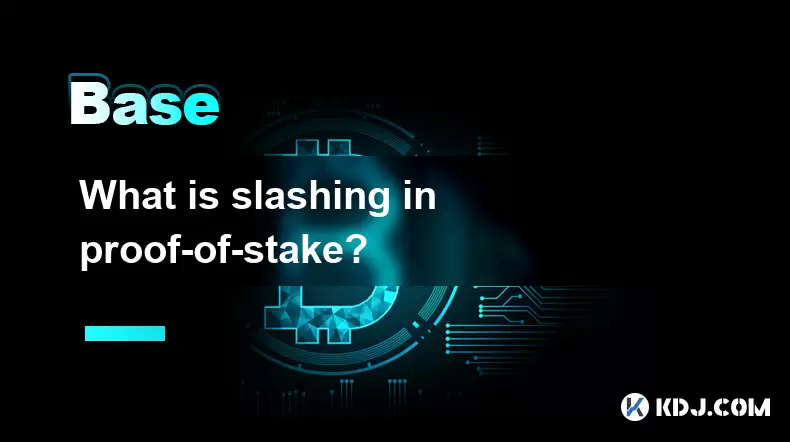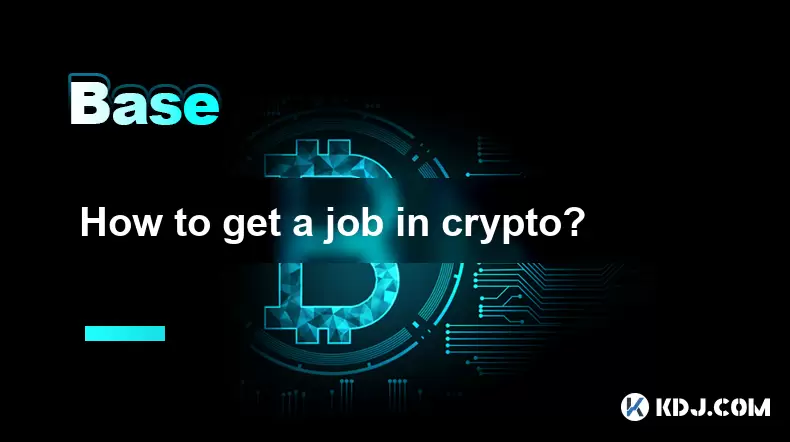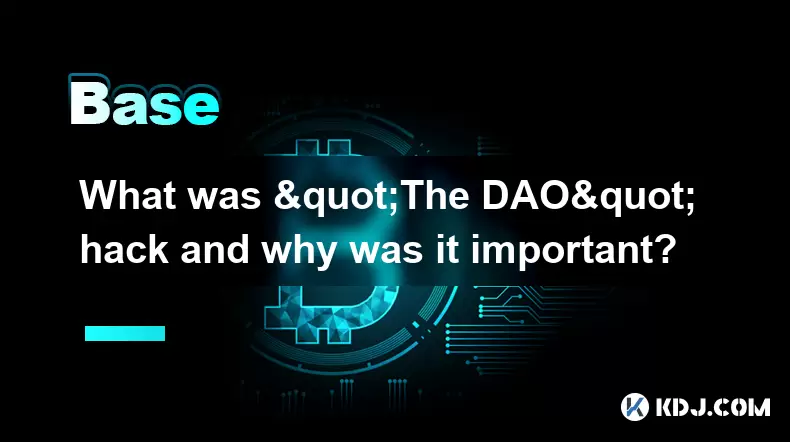-
 Bitcoin
Bitcoin $118100
-0.04% -
 Ethereum
Ethereum $3613
1.77% -
 XRP
XRP $3.442
-0.26% -
 Tether USDt
Tether USDt $1.000
-0.01% -
 BNB
BNB $737.9
1.57% -
 Solana
Solana $178.9
1.27% -
 USDC
USDC $0.9998
-0.01% -
 Dogecoin
Dogecoin $0.2537
4.74% -
 TRON
TRON $0.3185
-2.14% -
 Cardano
Cardano $0.8371
2.09% -
 Hyperliquid
Hyperliquid $44.91
-0.12% -
 Stellar
Stellar $0.4653
0.58% -
 Sui
Sui $3.864
3.04% -
 Chainlink
Chainlink $18.47
2.85% -
 Hedera
Hedera $0.2699
3.22% -
 Bitcoin Cash
Bitcoin Cash $521.6
1.41% -
 Avalanche
Avalanche $24.55
4.79% -
 Shiba Inu
Shiba Inu $0.00001508
2.40% -
 Litecoin
Litecoin $111.6
10.31% -
 UNUS SED LEO
UNUS SED LEO $9.003
0.31% -
 Toncoin
Toncoin $3.191
0.49% -
 Polkadot
Polkadot $4.398
4.55% -
 Uniswap
Uniswap $10.25
2.96% -
 Monero
Monero $327.1
2.44% -
 Ethena USDe
Ethena USDe $1.001
-0.03% -
 Bitget Token
Bitget Token $4.970
1.52% -
 Pepe
Pepe $0.00001356
4.51% -
 Dai
Dai $0.0000
0.00% -
 Aave
Aave $321.1
0.17% -
 Bittensor
Bittensor $416.3
1.67%
What is slashing in proof-of-stake?
Slashing in Proof-of-Stake networks penalizes validators for malicious actions or errors, like double-signing, by permanently removing part of their staked funds to ensure network security and integrity.
Jul 20, 2025 at 06:07 am

Understanding Slashing in Proof-of-Stake
In a Proof-of-Stake (PoS) blockchain network, slashing refers to the penalty mechanism used to deter validators from acting maliciously or failing to perform their duties properly. Unlike Proof-of-Work (PoW) systems, where miners are incentivized through computational power, PoS networks rely on validators who lock up (stake) their cryptocurrency as collateral to participate in the consensus process. Slashing ensures accountability by imposing financial penalties for misconduct.
Validators in a PoS system are responsible for proposing blocks and attesting to the validity of other blocks. If a validator behaves dishonestly — such as by double-signing blocks or attempting to fork the chain — a portion or all of their staked funds can be slashed, meaning permanently removed from their account and redistributed or burned.
How Slashing Works in Practice
Slashing is automatically enforced by the protocol whenever a validator violates predefined rules. The process is transparent and deterministic, meaning the conditions for slashing are clearly outlined in the blockchain's code and applied uniformly to all validators.
When a validator signs two different blocks at the same height or time, it creates conflicting versions of the blockchain, which could lead to a double-spending attack. To prevent this, the network detects such equivocation and immediately slashes the validator's stake. Additionally, offline behavior or failure to participate in consensus can also lead to minor penalties, though not as severe as full slashing.
The slashing conditions vary by network, but most PoS systems implement three main slashing offenses:
- Double signing: Signing two different blocks at the same slot.
- Surround voting: Voting on conflicting checkpoints that violate finality rules.
- Creating a surround vote: Supporting a chain that is incompatible with previously agreed-upon checkpoints.
Real-World Examples of Slashing
Several major PoS networks have implemented slashing, including Ethereum 2.0 (now Ethereum’s consensus layer), Cosmos, and Polkadot. Each of these networks has specific rules and thresholds for when and how slashing occurs.
For example, in Ethereum’s PoS system, if a validator is caught double-signing or surrounding votes, a portion of their 32 ETH stake is slashed, and they are booted from the network permanently. The slashing penalty can be as high as 1 ETH or more, depending on the severity and frequency of the violation.
In Cosmos-based blockchains, validators can be slashed for downtime or incorrect behavior, and the penalty is typically a percentage of their staked tokens. Moreover, delegators who stake with misbehaving validators can also lose a portion of their stake, which encourages careful selection of validators.
Why Slashing Is Essential for Network Security
Slashing serves as a critical deterrent against malicious behavior and ensures that validators act in the best interest of the network. Since validators must lock up significant amounts of cryptocurrency, the risk of losing funds strongly motivates them to follow the protocol's rules.
By punishing bad actors, slashing helps maintain network integrity and decentralization. It also prevents centralization, as any validator — no matter how large — can be penalized for misconduct, ensuring fair participation and trust in the system.
Moreover, slashing plays a key role in economic finality, especially in networks like Ethereum, where finalized checkpoints cannot be reversed unless a large portion of validators collude. Slashing makes such collusion economically irrational, as it would result in massive losses for the participants.
Protecting Against Slashing as a Validator
Validators must take extreme precautions to avoid being slashed. Since slashing is irreversible and often results in significant financial loss, understanding how to avoid triggering slashing conditions is crucial.
To prevent slashing, validators should:
- Run reliable and updated node software to avoid bugs or misconfigurations.
- Avoid running multiple validator nodes with the same key.
- Use backup infrastructure and redundancy systems to ensure uptime and avoid accidental downtime penalties.
- Monitor validator health regularly using tools provided by the network or third-party services.
- Store signing keys securely, preferably using hardware security modules (HSMs) or cold storage solutions.
Additionally, validators should avoid participating in private or test networks that use the same keys as the mainnet, as this can lead to accidental double-signing and subsequent slashing.
Frequently Asked Questions
What happens if a validator gets slashed?
When a validator is slashed, a portion of their staked cryptocurrency is permanently removed. They are also typically removed from the active validator set and barred from rejoining for a certain period, depending on the network's rules.
Can slashing be reversed?
No, slashing is a permanent penalty and cannot be undone. Once funds are slashed, they are either burned or redistributed to other network participants, depending on the design of the blockchain.
Are delegators also affected by slashing?
Yes, in many networks, delegators who stake their tokens with a slashed validator also lose a percentage of their stake. This encourages due diligence in choosing validators and promotes overall network security.
How is slashing different from regular penalties?
Slashing is a severe penalty for malicious or equivocating behavior, while regular penalties are usually minor deductions for inactivity or downtime. Slashing is irreversible and often leads to ejection from the validator set, whereas regular penalties are temporary and can be recovered by improving performance.
Disclaimer:info@kdj.com
The information provided is not trading advice. kdj.com does not assume any responsibility for any investments made based on the information provided in this article. Cryptocurrencies are highly volatile and it is highly recommended that you invest with caution after thorough research!
If you believe that the content used on this website infringes your copyright, please contact us immediately (info@kdj.com) and we will delete it promptly.
- WLFI Token Trading Approved: From Trump Ties to Community Votes
- 2025-07-20 09:10:12
- CoinDCX's $44.2 Million Security Breach: A Wake-Up Call for Crypto Exchanges
- 2025-07-20 08:30:13
- Trump, WLFI, and Token Release: A New York Minute on Crypto
- 2025-07-20 08:30:13
- Ripple's RLUSD: The Bluechip Stablecoin Set to Disrupt the Market?
- 2025-07-20 08:50:11
- Bitcoin Price Action: Is Weakening Demand on the Horizon?
- 2025-07-20 08:50:11
- Ripple's RLUSD: Top-Ranked Stablecoin Shaking Up the Market
- 2025-07-20 08:55:12
Related knowledge

What is the Inter-Blockchain Communication Protocol (IBC)?
Jul 19,2025 at 10:43am
Understanding the Inter-Blockchain Communication Protocol (IBC)The Inter-Blockchain Communication Protocol (IBC) is a cross-chain communication protoc...

How does sharding improve scalability?
Jul 20,2025 at 01:21am
Understanding Sharding in BlockchainSharding is a database partitioning technique that is increasingly being adopted in blockchain technology to enhan...

What is the "crypto trilemma" of scalability, security, and decentralization?
Jul 19,2025 at 06:28pm
Understanding the Concept of the Crypto TrilemmaThe crypto trilemma refers to the challenge of simultaneously achieving scalability, security, and dec...

How to get a job in crypto?
Jul 20,2025 at 08:14am
Understanding the Crypto Industry LandscapeThe cryptocurrency industry is a rapidly evolving space that includes blockchain technology, decentralized ...

What is slashing in proof-of-stake?
Jul 20,2025 at 06:07am
Understanding Slashing in Proof-of-StakeIn a Proof-of-Stake (PoS) blockchain network, slashing refers to the penalty mechanism used to deter validator...

What was "The DAO" hack and why was it important?
Jul 19,2025 at 09:08pm
Background of 'The DAO''The DAO' (Decentralized Autonomous Organization) was a venture capital fund built on the Ethereum blockchain, launched in Apri...

What is the Inter-Blockchain Communication Protocol (IBC)?
Jul 19,2025 at 10:43am
Understanding the Inter-Blockchain Communication Protocol (IBC)The Inter-Blockchain Communication Protocol (IBC) is a cross-chain communication protoc...

How does sharding improve scalability?
Jul 20,2025 at 01:21am
Understanding Sharding in BlockchainSharding is a database partitioning technique that is increasingly being adopted in blockchain technology to enhan...

What is the "crypto trilemma" of scalability, security, and decentralization?
Jul 19,2025 at 06:28pm
Understanding the Concept of the Crypto TrilemmaThe crypto trilemma refers to the challenge of simultaneously achieving scalability, security, and dec...

How to get a job in crypto?
Jul 20,2025 at 08:14am
Understanding the Crypto Industry LandscapeThe cryptocurrency industry is a rapidly evolving space that includes blockchain technology, decentralized ...

What is slashing in proof-of-stake?
Jul 20,2025 at 06:07am
Understanding Slashing in Proof-of-StakeIn a Proof-of-Stake (PoS) blockchain network, slashing refers to the penalty mechanism used to deter validator...

What was "The DAO" hack and why was it important?
Jul 19,2025 at 09:08pm
Background of 'The DAO''The DAO' (Decentralized Autonomous Organization) was a venture capital fund built on the Ethereum blockchain, launched in Apri...
See all articles

























































































